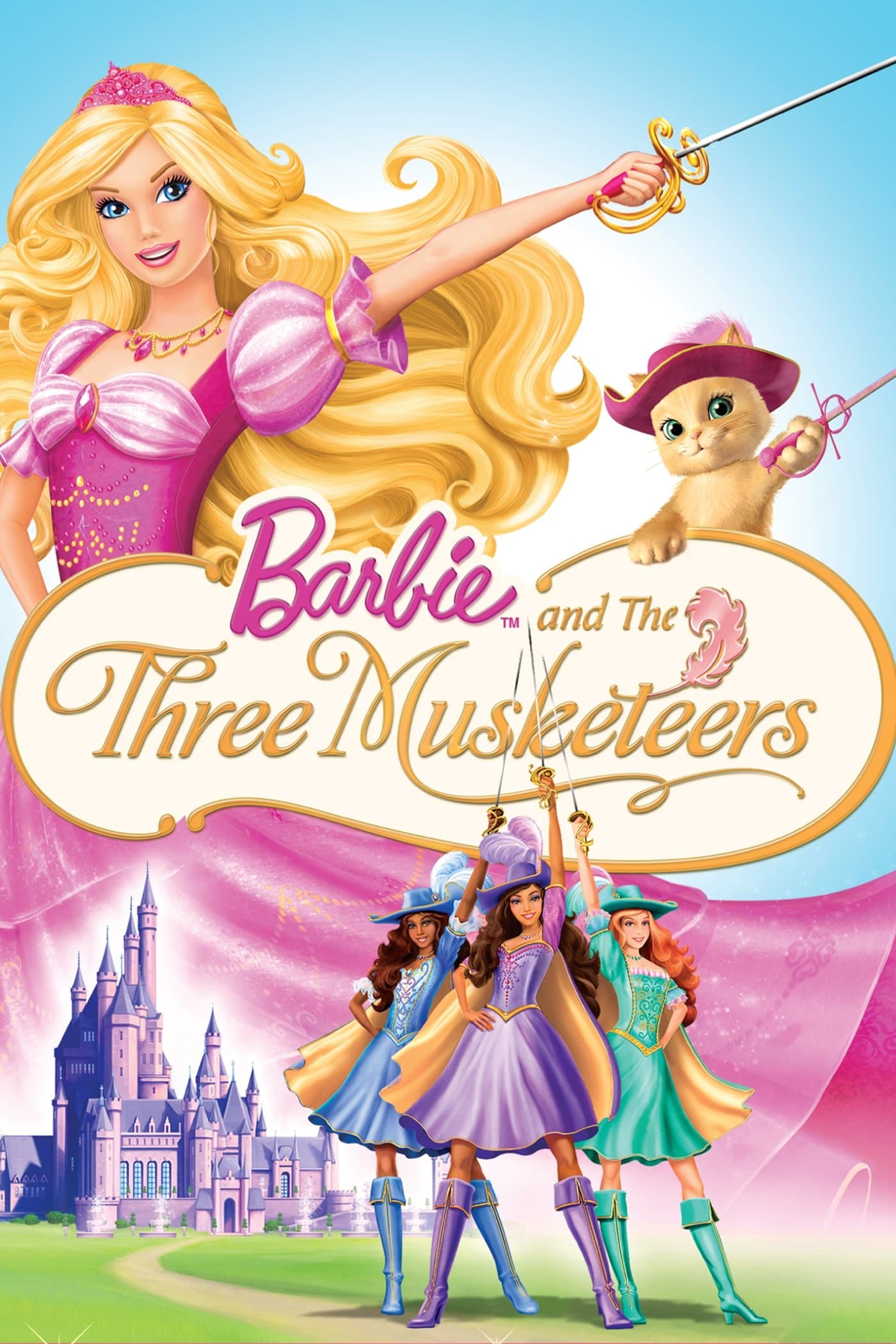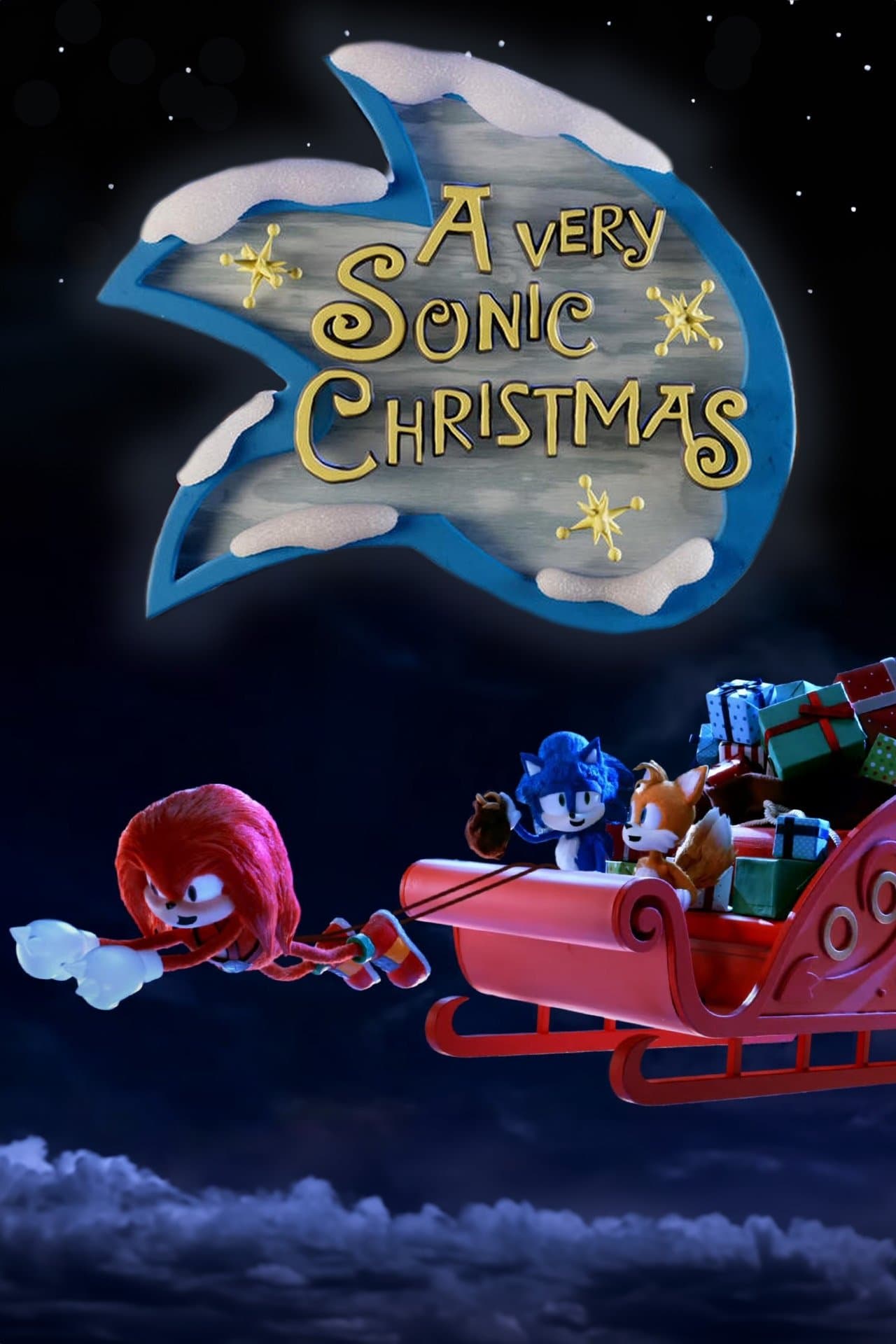
Buddy Guy: The Blues Chase The Blues Away
Jul 27 2021
•2h 30m
•Documentary
Chicago blues great Buddy Guy never was the same after he heard John Lee Hooker’s seminal “Boogie Chillun’” while growing up in his rural stomping grounds of Lettswork, Louisiana. In 1957 he set out for the Windy City and its vibrant blues scene, where he played his way into the clubs, cut records, befriended and gigged with other greats (Muddy Waters, Howlin’ Wolf, Otis Rush), forged his skillful, intense, wild persona, hit the road, influenced new generations of musicians (Mick, Keith, Eric, Stevie Ray Vaughan), performed at the Obama White House and collected nine Grammys along the way. Supported by a sumptuous assemblage of performance footage, testimonials from those he’s inspired (including Clapton, Carlos Santana, Gary Clark Jr., and John Mayer) and some classic blues licks, Buddy Guy: The Blues Chase the Blues Away finds Guy (now a young 84) looking back at his life, providing valuable insight into his music while leaving room for some memorable anecdotes.
Cast
See all
Buddy Guy

Eric Clapton

Gary Clark Jr.
Tom Hambridge
Recommendations
See all
Barbie and the Three Musketeers
Corinne (Barbie) is a young country girl who heads to Paris to pursue her big dream – to become a female musketeer! Never could she imagine she would meet three other girls who secretly share the same dream! Using their special talents, the girls work together as a team to foil a plot and save the prince. It's all for one and one for all!
Hello
The film tells the story of three best friends named Ako, Aki and Awang, who are well-known in their village for their mischievous and humourous pranks. The trio work for Pak Man. One day, they are assigned to pick up his daughter Misha, who has just returned from overseas and dreams of becoming a doctor. The trio have been in love with her for a long time but she does not pay them any heed. When Misha is robbed by a snatch thief one day, she is rescued by a doctor named Shafiq. Her face reminds the doctor of his late wife, and he begins to pursue her, which annoys the trio.

A very Sonic Christmas
An injured Santa Claus visits Sonic, Tails and Knuckles. As he is unable to deliver presents, he sends Team Sonic out to deliver all the Christmas presents to everyone around the world.

Amaran
A heroic true story of Major Mukund Varadarajan, an Indian Army officer who displayed extraordinary bravery during a counterterrorism mission in Kashmir’s Shopian district. The film captures his courage in protecting his nation and the devotion of his wife Indhu Rebecaa Varghese.